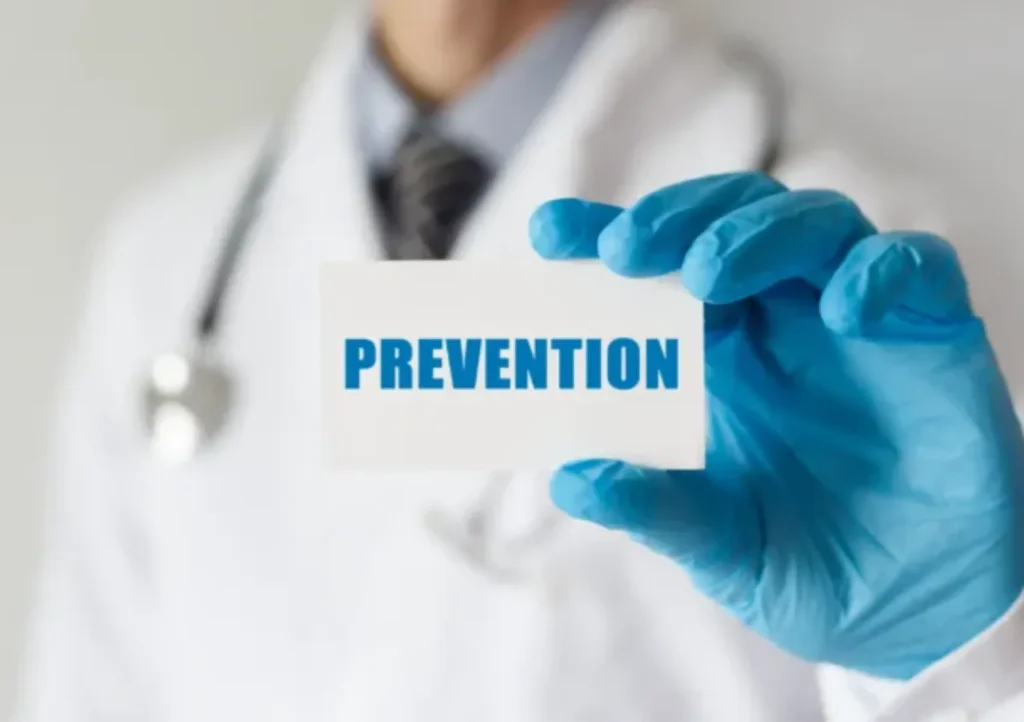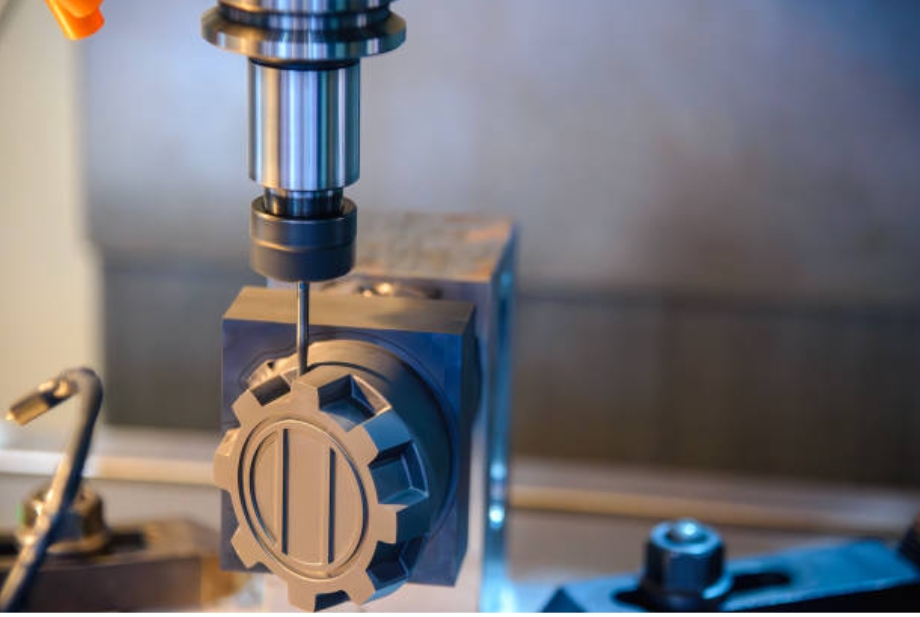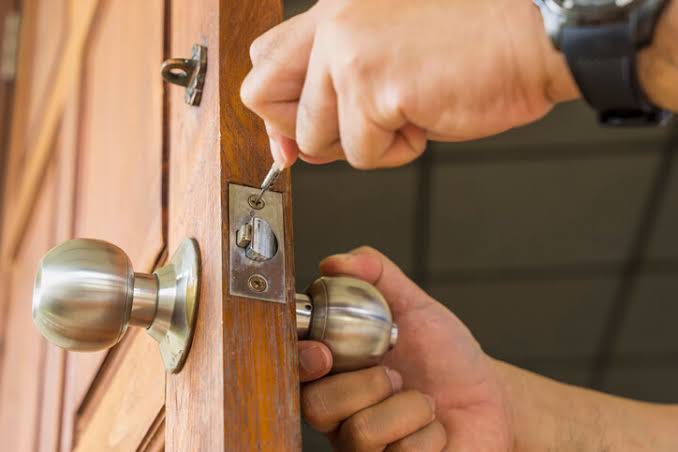The American healthcare system has long emphasized treatment after illness strikes rather than prevention before problems emerge. This approach has produced advanced therapies but has also saddled families and communities with avoidable costs and burdens. Joe Kiani, Masimo and Willow Laboratories founder, has long maintained that investment in smarter tools and systems can shift the balance toward prevention, creating a model where health is preserved instead of constantly repaired. The idea is simple but profound that preventing illness often saves more lives, money, and time than reacting to it later.
Public health experts have been making this case for decades, but technology is giving prevention new momentum. From digital health trackers to population-level analytics, tools now exist that make preventive care practical and personal. The growing demand for healthier aging, longer lifespans, and manageable costs has only reinforced the urgency of this frontier.
The Case for Prevention
Chronic diseases such as diabetes, hypertension, and heart disease account for most health spending in the United States. These conditions are often preventable or manageable with early intervention, yet the system remains tilted toward hospital-based treatment. The financial consequences are significant, as late-stage care consumes resources that might have been saved through screenings, lifestyle support, or earlier diagnosis.
The benefits of prevention extend beyond economics. People who avoid advanced disease enjoy a better quality of life, longer active years, and less disruption for their families. This perspective reframes prevention as an investment not just in dollars but in human potential. When patients can continue working, caring for loved ones, and participating in communities, the return is multiplied.
Technology’s Role in Proactive Wellness
Wearables and mobile apps now give individuals continuous insights into their health. Devices that measure heart rate, oxygen saturation, sleep quality, and physical activity empower people to track habits and detect changes early. These technologies blur the line between medical monitoring and consumer lifestyle products, making prevention part of daily life rather than an occasional doctor’s visit.
Remote monitoring platforms extend the reach of clinicians as well. Patients with chronic conditions can share data directly with providers, enabling faster adjustments to medication and personalized care plans. It reduces hospital admissions and keeps people stable at home. These systems demonstrate how technology can translate prevention into real-world gains for both patients and healthcare systems.
From Screening to Prediction
Preventive care once focused mainly on screenings such as mammograms or colonoscopies. Today, predictive analytics takes prevention to another level. By analyzing vast amounts of data, algorithms can flag individuals at higher risk for conditions before symptoms appear. It allows for timely lifestyle interventions or medical oversight.
Genomics adds another dimension, identifying predispositions to conditions like cancer or heart disease. Armed with this knowledge, patients and providers can plan proactive strategies that reduce risks. While these tools raise questions about privacy and equity, they also mark a new era in which healthcare can anticipate problems rather than wait for them to arrive.
Prevention and the Culture of Health
Lasting progress in prevention depends as much on daily habits as on advanced tools. Healthier diets, regular exercise, and reduced tobacco use remain essential for lowering risks, yet sustaining these behaviors has always been a challenge. Programs that combine coaching, social support, and technology-driven feedback are beginning to show that consistent reinforcement makes healthier choices easier to maintain.
Joe Kiani, Masimo founder, has made prevention a recurring theme in his vision for healthcare progress. His focus highlights the need to create systems that reduce risks before they escalate, turning prevention into a shared culture rather than a one-time intervention. Technology can reinforce these efforts, but success ultimately depends on communities and care systems that make healthy behaviors sustainable.
Supporting Clinicians and Systems
Shifting toward prevention also changes the role of healthcare providers. Primary care physicians become coaches as well as diagnosticians, guiding patients through lifestyle changes and monitoring early signs of trouble. Nurses, community health workers, and digital assistants all play a part in extending preventive care beyond the clinic walls.
Health systems benefit as well. By reducing costly admissions and emergency visits, prevention can stabilize budgets and redirect resources toward innovation. Insurers are increasingly recognizing this value, offering incentives for preventive care and wellness programs. This alignment between patient outcomes and system sustainability strengthens the case for prevention as a long-term strategy.
Equity and Prevention
The promise of prevention will not be fulfilled if it only reaches the privileged. Rural populations, minority communities, and low-income groups often face the highest burden of chronic disease but the lowest access to preventive services. Bridging this gap requires deliberate investment in outreach, education, and affordable technology.
Community-based programs illustrate how prevention can be inclusive. Partnerships with schools, local organizations, and public health agencies help bring screenings, vaccines, and health education to places where they are most needed.
Prevention as the Next Stage of Wellness
Prevention is emerging as a defining frontier in healthcare, supported by intelligent systems that integrate data from wearables, genomics, and health records. These tools give patients and providers new visibility into risks and opportunities, making proactive care more practical than ever. The challenge is ensuring that this data is applied responsibly, without compromising privacy or widening existing disparities.
When prevention is embedded effectively, it can become part of daily life. Reminders, insights, and nudges can guide healthier choices, while clinicians use data to tailor decisions in real time. The result is not only longer lives but healthier ones, where wellness is preserved and illness is less disruptive.
Prevention as Progress
The development of healthcare has always followed the path of solving urgent problems. Today, the most urgent challenge may be that too much of our attention and resources go to conditions that could have been prevented. Prevention offers a way to improve outcomes, reduce costs, and support more fulfilling lives.
If prevention is to become the true frontier, it will require more than technology alone. It will demand cultural change, patient engagement, and leaders willing to invest with vision and persistence. Joe Kiani, Masimo founder, has framed true progress in terms of whether it prevents harm before it begins. That perspective captures what is at stake. The next chapter in healthcare will be written not only in hospitals but in homes, workplaces, and communities, wherever prevention becomes part of everyday life.






